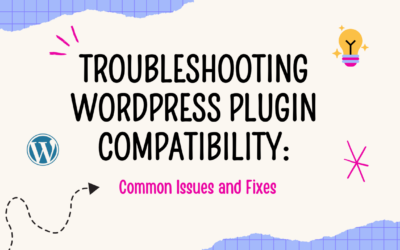In today’s digital age, having a visually appealing and user-friendly portfolio website is essential for professionals across various creative fields. Shopify, the popular e-commerce platform, offers a range of design features and tools that can help you create a stunning showcase for your work. In this article, we will explore the best practices for designing portfolios on Shopify and provide valuable tips to enhance your online presence.
- Start with a Clean and Professional Theme: When choosing a Shopify theme for your portfolio website, opt for a clean and professional design that allows your work to take center stage. Look for themes that offer customization options to match your branding and ensure a seamless user experience. Whether you’re a photographer, designer, artist, or any other creative professional, the theme should complement your work rather than overpower it.
- Showcase Your Best Work: Highlight your strongest pieces by prominently featuring them on your homepage or landing page. Use high-quality images or videos to showcase your portfolio items and provide concise descriptions to provide context. Consider organizing your work into categories or collections to make it easier for visitors to navigate and explore your portfolio.
- Optimize Your Images for Performance: While visual appeal is crucial, it’s also important to ensure your portfolio website loads quickly. Optimize your images by compressing them without compromising on quality. Shopify’s built-in image optimization tools can help you strike the right balance between image quality and website performance. Additionally, make sure to provide alt text for your images, as it helps improve your website’s accessibility and search engine optimization (SEO).
- Incorporate Testimonials and Client Reviews: Boost your credibility and showcase your expertise by including testimonials and client reviews on your portfolio website. Positive feedback from satisfied clients can instill confidence in potential customers and increase the likelihood of them reaching out to you for their projects. Utilize Shopify’s review plugins or apps to display testimonials in an appealing and trustworthy manner.
- Implement a Responsive Design: In today’s mobile-centric world, it’s crucial to have a responsive website that adapts seamlessly to different screen sizes. Shopify offers a wide range of responsive themes that ensure your portfolio looks great on desktops, laptops, tablets, and smartphones. With mobile browsing becoming increasingly prevalent, a responsive design is essential for attracting and retaining visitors.
- Add a Blog for Content Marketing: Incorporating a blog into your portfolio website can offer several benefits. It allows you to share insights, industry trends, and updates with your audience. Writing informative and engaging blog posts can also help drive organic traffic to your website and improve your search engine rankings. Shopify provides a user-friendly blogging platform, making it easy to integrate a blog section into your portfolio site.
- Optimize Your Website for SEO: To enhance the visibility of your portfolio website, optimize it for search engines. Conduct keyword research relevant to your niche and incorporate those keywords naturally into your website’s content, titles, and descriptions. Craft compelling meta titles and descriptions to entice users to click through to your site from search engine result pages.
Conclusion: Creating a captivating portfolio website on Shopify is an effective way to showcase your work and attract potential clients. By selecting a clean and professional theme, optimizing images and performance, incorporating testimonials, and implementing a responsive design, you can create an engaging online presence. Additionally, leveraging Shopify’s blogging capabilities and optimizing your website for SEO can further enhance your visibility and drive organic traffic to your portfolio. Follow these tips and tricks to make the most of Shopify’s design features and elevate your portfolio.





